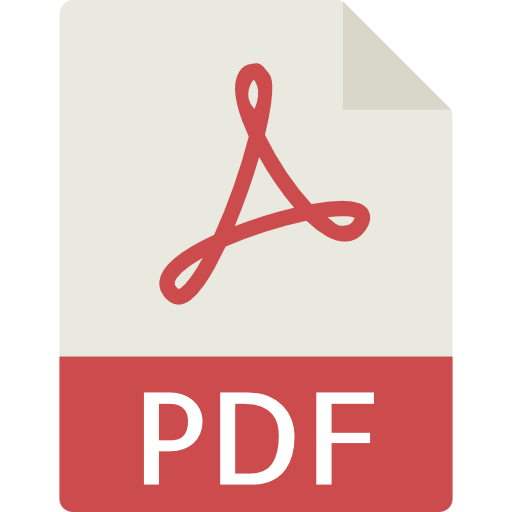| Data |
YEAR |
Links |
| AQAR |
Academic Year :2023-2024 |
 |
| PART – A |
Extended Profile |
Links |
| 2.2 |
Reserved category as per GOI/ State Govt. rule during the year. |
 |
| 3.2 |
Sanctioned Posts |
 |
| PART -B |
| Criterion |
Metric No. |
Activity |
Links |
| I |
1.1.1 |
The Institution ensures effective curriculum delivery through a well-planned and documented process |
 |
|
1.1.2 |
The institution adheres to the academic calendar including for the conduct of Continuous Internal Evaluation (CIE) |
 |
|
1.4.1 |
Institution obtains feedback on the syllabus and its transaction at the institution from the stakeholders. |
 |
|
1.4.2 |
Feedback process of the Institution. |
 |
| II |
2.2.1 |
The institution assesses the learning levels of the students and organizes special Programmes for advanced learners and slow learners |
 |
|
2.3.1 |
Student centric methods, such as experiential learning, participative learning and problem-solving methodologies are used for enhancing learning experiences |
 |
|
2.3.2 |
Teachers use ICT enabled tools for effective teaching-learning process. |
 |
|
2.5.1 |
Mechanism of internal assessment is transparent and robust in terms of frequency and mode. |
 |
|
2.5.2 |
Mechanism to deal with internal examination related grievances is transparent, time- bound and efficient. |
 |
|
2.6.1 |
Programme and course outcomes for all Programmes offered by the institution are stated and displayed on website and communicated to teachers and students. |
 |
|
2.6.2 |
Attainment of Programme outcomes and course outcomes are evaluated by the institution. |
 |
|
2.6.3 |
Pass percentage of Students during the year |
 |
| III |
3.1.3 |
Number of departments having Research projects funded by government and non-government agencies |
 |
|
3.2.1 |
Institution has created an ecosystem for innovations and has initiatives for creation and transfer of knowledge |
 |
|
3.3.1 |
Number of PhDs registered per eligible teacher during the year |
 |
|
3.4.1 |
Extension activities are carried out in the neighborhood community, sensitizing students to social issues, for their holistic development, and impact thereof during the year |
 |
| IV |
4.1.1 |
The Institution has adequate infrastructure and physical facilities for teaching- learning. viz., classrooms, laboratories, computing equipment etc |
 |
|
4.1.2 |
The Institution has adequate facilities for cultural activities, sports, games (indoor, outdoor), gymnasium, yoga centre etc. |
 |
|
4.1.3 |
Number of classrooms and seminar halls with ICT- enabled facilities such as smart class, LMS, etc. |
 |
|
4.2.1 |
Library is automated using Integrated Library Management System (ILMS) |
 |
|
4.3.1 |
Institution frequently updates its IT facilities including Wi-Fi. |
 |
|
4.4.2 |
There are established systems and procedures for maintaining and utilizing physical, academic and support facilities – laboratory, library, sports complex, computers, classrooms etc |
 |
| V |
5.1.3 |
Capacity building and skills enhancement initiatives taken by the institution |
 |
|
5.3.2 |
Institution facilitates students’ representation and engagement in various administrative, co-curricular and extracurricular activities |
 |
| VI |
6.1.1 |
The governance of the institution is reflective of and in tune with the vision and mission of the institution |
 |
|
6.1.2 |
The effective leadership is visible in various institutional practices such as decentralization and participative management. |
 |
|
6.2.1 |
The institutional Strategic/ perspective plan is effectively deployed |
 |
|
6.2.2 |
The functioning of the institutional bodies is effective and efficient as visible from policies, administrative setup, appointment and service rules, procedures, etc. |
 |
|
6.3.1 |
The institution has effective welfare measures for teaching and non- teaching staff |
 |
|
6.3.5 |
Institutions Performance Appraisal System for teaching and non- teaching staff |
 |
|
6.4.1 |
Institution conducts internal and external financial audits regularly Enumerate the various internal and external financial audits carried out during the year with the mechanism for settling audit objections |
|
|
6.4.3 |
Institutional strategies for mobilization of funds and the optimal utilization of resources |
 |
|
6.5.1 |
Internal Quality Assurance Cell (IQAC) has contributed significantly for institutionalizing the quality assurance strategies and processes |
 |
|
6.5.2 |
The institution reviews its teaching learning process, structures & methodologies of operations and learning outcomes at periodic intervals through IQAC set up as per norms and recorded the incremental improvement in various activities |
 |
|
6.5.3 |
Quality assurance initiatives of the institution include
- Regular meeting of Internal Quality Assurance Cell (IQAC); Feedback collected, analyzed and used for improvements
- Collaborative quality initiatives with other institution(s)
- Participation in NIRF
- Any other quality audit recognized by state, national or international agencies (ISO Certification, NBA)
|
 |
| VII |
7.1.1 |
Annual gender sensitization action plan |
 |
|
7.1.1 |
Specific facilities for women |
 |
|
7.1.9 |
Sensitization of Students |
 |
|
7.1.9 |
Relevant information |
 |
|
7.1.11 |
Best Practices |
 |
|
7.1.11 |
Other relevant information |
 |
|
7.2.1 |
Best Practices |
 |
|
7.2.1 |
Other relevant information |
 |